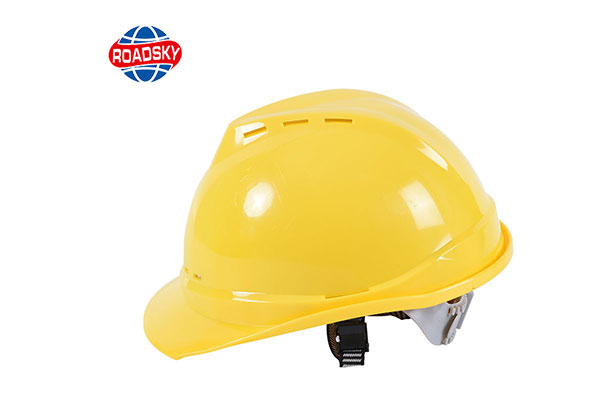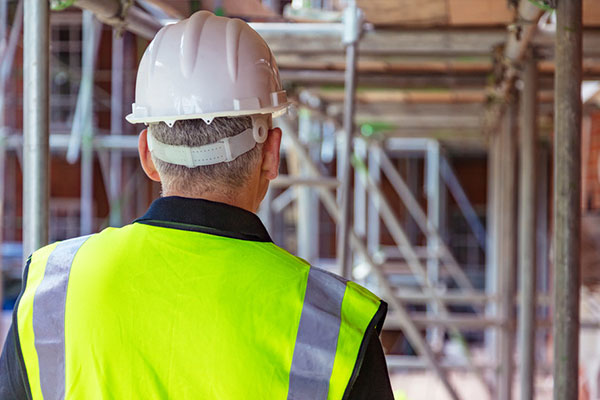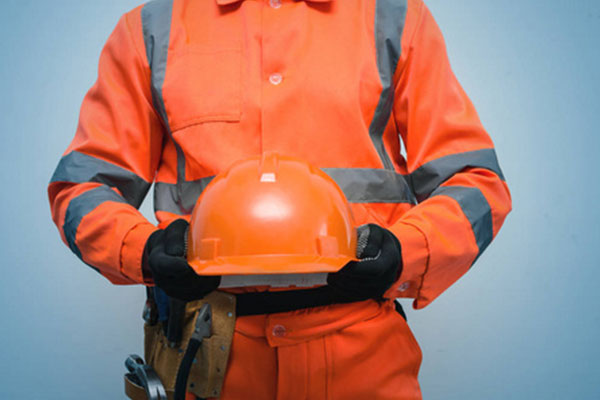How Long Do Safety Helmets Last?
Safety helmets are a crucial component of personal protective equipment (PPE) for workers in various industries, including construction, manufacturing, and mining. They are designed to protect the head from impacts, falling objects, and electrical hazards, making them indispensable for ensuring worker safety. However, like all safety gear, helmets have a finite lifespan. Understanding how long safety helmets last and when to replace them is vital for maintaining effective protection. In this article, we will delve into the factors that influence the longevity of safety helmets and provide guidelines on when they should be replaced.

Understanding the Lifespan of Safety Helmets
Manufacturer’s Guidelines
The first place to look for information on the lifespan of a safety helmet is the manufacturer’s guidelines. Most manufacturers provide a recommended service life for their helmets, typically ranging from 2 to 5 years. This timeframe assumes regular use and exposure to typical working conditions. Always check the user manual or product documentation for specific recommendations.
Material and Construction
The material and construction of a safety helmet significantly influence its lifespan. Helmets are usually made from high-density polyethylene (HDPE), polycarbonate (PC), or fiberglass-reinforced plastic (FRP). Each material has different properties that affect durability:
- HDPE Helmets: These are lightweight and offer good impact resistance. They typically have a lifespan of around 2 to 3 years.
- PC Helmets: Known for their high impact resistance and clear visibility (often used in face shields), these helmets can last around 3 to 5 years.
- FRP Helmets: These are durable and resistant to chemicals and extreme temperatures, often lasting up to 5 years.
Environmental Factors
Environmental conditions play a crucial role in determining the lifespan of a safety helmet. Factors such as exposure to sunlight (UV radiation), extreme temperatures, chemicals, and physical wear and tear can accelerate the degradation of helmet materials. For instance, UV radiation can cause the plastic to become brittle, reducing its impact resistance. Helmets used in harsh environments may need to be replaced more frequently than those used in less demanding conditions.
Frequency of Use
The frequency and intensity of helmet use also impact its lifespan. Helmets worn daily in high-risk environments will wear out faster than those used occasionally. Regular inspections for signs of wear, such as cracks, dents, or frayed suspension systems, are essential for ensuring ongoing protection.

Signs That It’s Time to Replace Your Safety Helmet
1. Visible Damage
Any visible damage to a safety helmet, such as cracks, dents, or deep scratches, is a clear indicator that it needs to be replaced. Even minor damage can compromise the helmet’s ability to absorb impact effectively.
2. Faded Color
A significant change in color, especially fading, is often a sign of prolonged UV exposure. This can weaken the material, making the helmet less effective at protecting the wearer.
3. Suspension System Wear
The suspension system inside the helmet, which helps to distribute the force of an impact, should be in good condition. If it shows signs of wear, fraying, or damage, the helmet should be replaced.
4. Expiry Date
Many helmets come with an expiry date stamped on the inside. This date is based on the manufacturer’s recommended service life and should be adhered to, regardless of the helmet’s visible condition.
5. Certification Compliance
Safety standards and certifications may change over time. Helmets that no longer comply with current safety standards should be replaced to ensure the highest level of protection.

Best Practices for Extending Helmet Life
Proper Storage
Store safety helmets in a cool, dry place away from direct sunlight and chemicals. Avoid leaving them in vehicles or other places where they may be exposed to extreme temperatures.
Regular Cleaning
Clean helmets regularly using mild soap and water. Avoid using harsh chemicals or solvents that could degrade the material.
Routine Inspections
Perform routine inspections before each use. Look for signs of damage or wear, and ensure that the suspension system is properly adjusted and functioning.
Follow Manufacturer’s Instructions
Always follow the manufacturer’s instructions for use, maintenance, and replacement. This will help ensure that the helmet provides optimal protection throughout its intended lifespan.
Conclusion
Safety helmets are vital for protecting workers from head injuries in hazardous environments. Understanding the factors that influence their lifespan and knowing when to replace them is crucial for maintaining safety standards. By following manufacturer guidelines, conducting regular inspections, and adhering to best practices for storage and maintenance, you can ensure that your safety helmets provide reliable protection throughout their service life. Remember, when it comes to safety, it’s better to replace a helmet sooner rather than later if there are any doubts about its condition.

